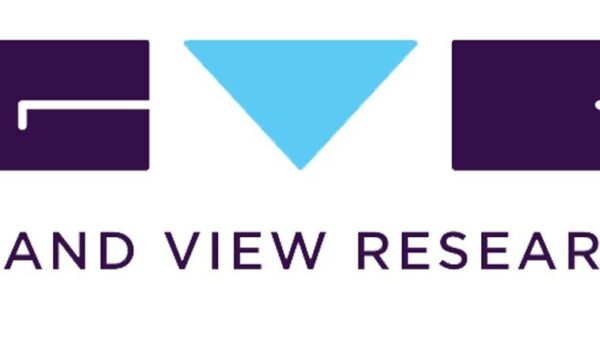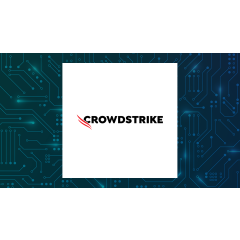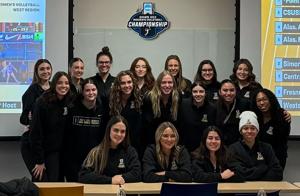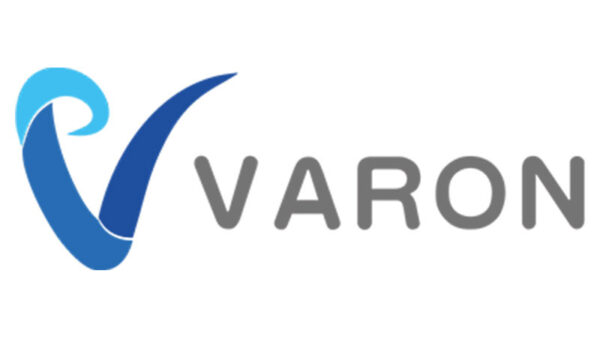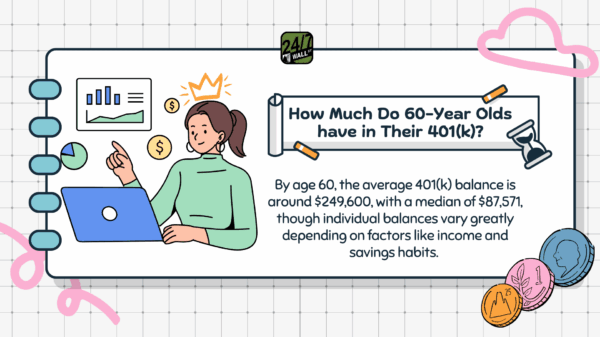The life sciences sector is experiencing significant regulatory scrutiny, impacting startups, investors, and legal professionals alike. The regulations governing health-related products determine not only the pathway to market but also influence fundraising opportunities and investor perceptions of risk. As companies navigate this complex landscape, understanding the regulatory environment becomes crucial for success.
Key Regulatory Bodies and Their Roles
In the United States, the primary authority overseeing life sciences is the Food and Drug Administration (FDA). Within the FDA, various specialized divisions address different product categories:
– **Center for Biologics Evaluation and Research (CBER)**
– **Center for Drug Evaluation and Research (CDER)**
– **Center for Devices and Radiological Health (CDRH)**
– **Center for Tobacco Products (CTP)**
– **Center for Veterinary Medicine (CVM)**
Globally, companies must also comply with local health authorities, which may have different requirements regarding product evaluation and approval. While there is increasing collaboration among these agencies, discrepancies in standards and timelines persist. For example, the FDA may accept surrogate endpoints for rare disease trials, whereas the European Medicines Agency may demand longer-term outcome data. Denise Esposito from Covington emphasizes the importance of understanding these international dynamics, stating, “Understanding not just FDA, but how the FDA interacts with global agencies, is essential for companies with international aspirations.”
Regulatory Compliance: A Double-Edged Sword
Not every health-related product requires FDA oversight, but the boundaries can be unclear. A cosmetic product may be classified as a drug if marketed for disease prevention or treatment, while dietary supplements, although not requiring pre-market approval, still face stringent labeling and substantiation regulations. Similarly, a mobile app may only be a fitness tracker until it claims to diagnose a heart condition, at which point it becomes a regulated medical device.
Jay Reilly of Foley Hoag points out the strategic advantages of regulation: “Sometimes being regulated gives you legitimacy in the eyes of investors and consumers, even if it means more paperwork.” Thus, regulatory compliance can serve as both a financial burden and a competitive advantage. Investors often conduct thorough regulatory due diligence, as a product’s clearance or approval can enhance its perceived quality and reduce reputational risks.
The process of developing a new drug is extensive and unfolds in several phases. Phase I typically includes around 20 to 100 participants to assess safety and dosage. Phase II expands this to approximately 100 to 300 participants, focusing on efficacy and side effects. In Phase III, thousands of patients are involved to confirm effectiveness and monitor adverse reactions. Challenges can be particularly pronounced in precision medicine, rare diseases, and biologics, where recruiting patients or validating biomarkers may prove difficult. Delays at this stage can lead to severe financial repercussions for startups that are often operating on limited funds.
After a drug receives approval, competitors can pursue either generic or biosimilar pathways. A generic drug has the same chemical composition as a brand-name product, while a biosimilar is “highly similar” to a biologic, with no significant differences in safety or effectiveness. These alternatives can expand access and lower costs but may also lead to litigation over patents and exclusivity. For instance, “pay-for-delay” settlements, where brand-name companies compensate generic manufacturers to delay market entry, have raised antitrust concerns and can significantly impact revenue timelines.
Medical devices follow a distinct regulatory framework categorized by risk levels:
– **Class I**: Low risk (e.g., stethoscopes, bandages) and generally exempt from pre-market review.
– **Class II**: Moderate risk (e.g., infusion pumps, powered wheelchairs) requiring a 510(k) clearance to demonstrate substantial equivalence.
– **Class III**: High risk (e.g., pacemakers) necessitating Premarket Approval (PMA) supported by extensive safety data.
The financial implications of these classifications are significant; a 510(k) pathway may cost a few million dollars and take months, while a PMA can run into hundreds of millions and take years. Howard Carolan from CoapTech notes, “Bringing a device to market often hinges on whether you can use the 510(k) pathway — it’s faster, cheaper, and can mean survival for a startup.”
Challenges of Regulatory Gray Areas
Some innovations do not fit neatly into established categories. Combination products, which may involve drug-device pairs or drug-biologic hybrids, present unique regulatory challenges. The FDA’s Office of Combination Products assigns jurisdiction based on the primary mode of action, which can complicate the approval process.
Consumer products may also inadvertently become regulated. A cotton swab, for example, is merely a cosmetic tool unless marketed for medical applications. As Jonathan Havens of Saul Ewing LLP explains, “The line between consumer products and regulated medical devices is thinner than most entrepreneurs realize.” This blurry boundary has gained importance with the rise of digital health technologies and wearables. Investors sometimes misjudge the simplicity of commercializing health apps, only to find that FDA reviews can significantly extend development timelines and budgets.
Impact of Policy Changes on Regulation
Even a robust regulatory strategy can be disrupted by policy changes. Recent developments highlight these risks:
– In March 2025, the FDA laid off over 3,500 employees, raising concerns about potential delays in the review process.
– New drug pricing reforms introduced under the “Most-Favored-Nation” executive order mandate that U.S. patients receive the lowest global drug prices, which could threaten profit margins for pharmaceutical companies.
– Cuts in funding from the National Institutes of Health (NIH) have left research institutions and startups scrambling to replace billions in terminated grants.
Mark Gardner of Gardner Law and Chrysalis Incubator warns that policy changes can have immediate effects on financial forecasts, advising companies to closely monitor regulatory developments.
Regulatory frameworks may present hurdles, but they also facilitate the delivery of innovative solutions to patients safely. By recognizing regulatory compliance as a competitive advantage, businesses can establish barriers to entry for competitors while enhancing their credibility with investors and consumers alike.
For further insights and updates on life sciences regulation, interested readers may explore additional resources and articles on startups and entrepreneurship.
















